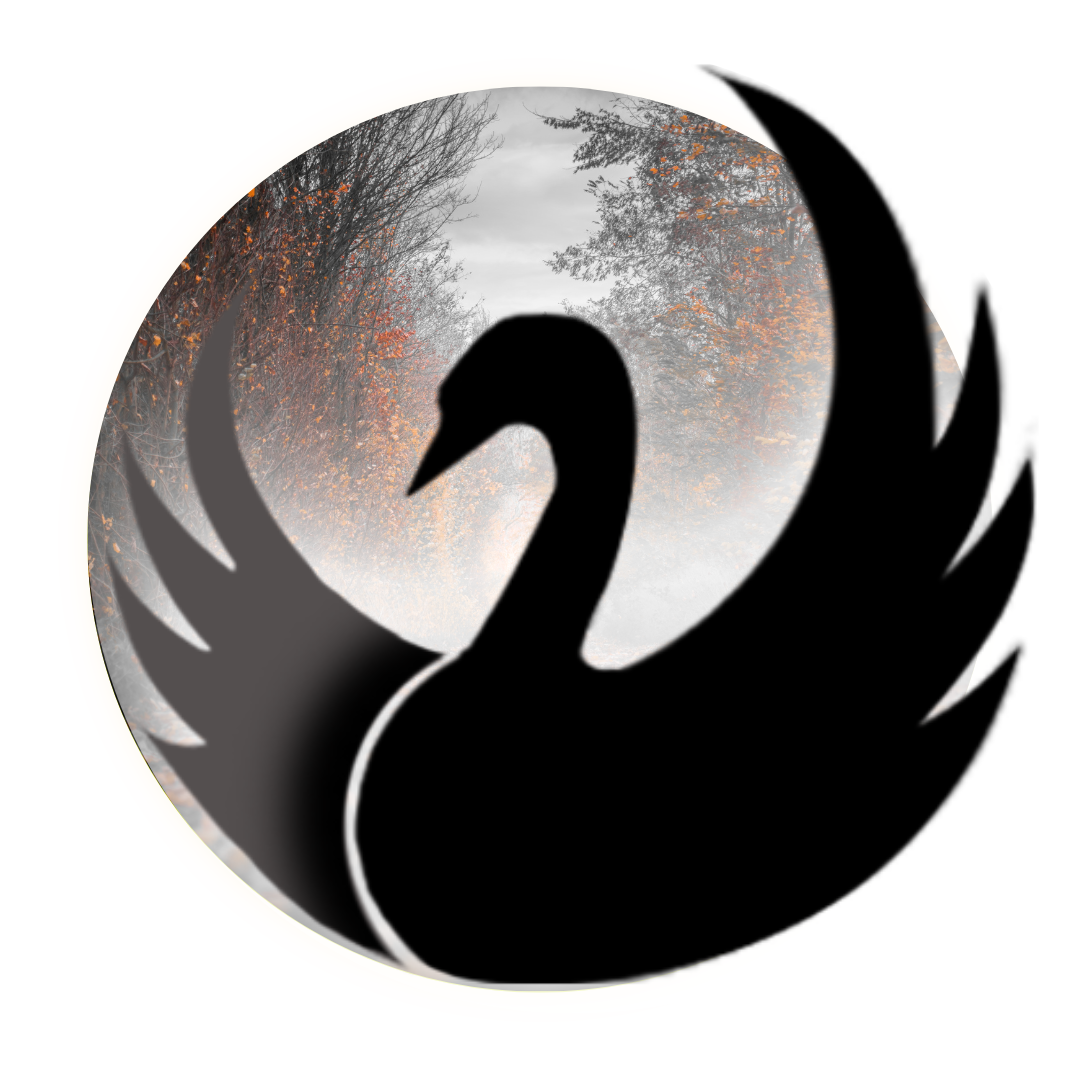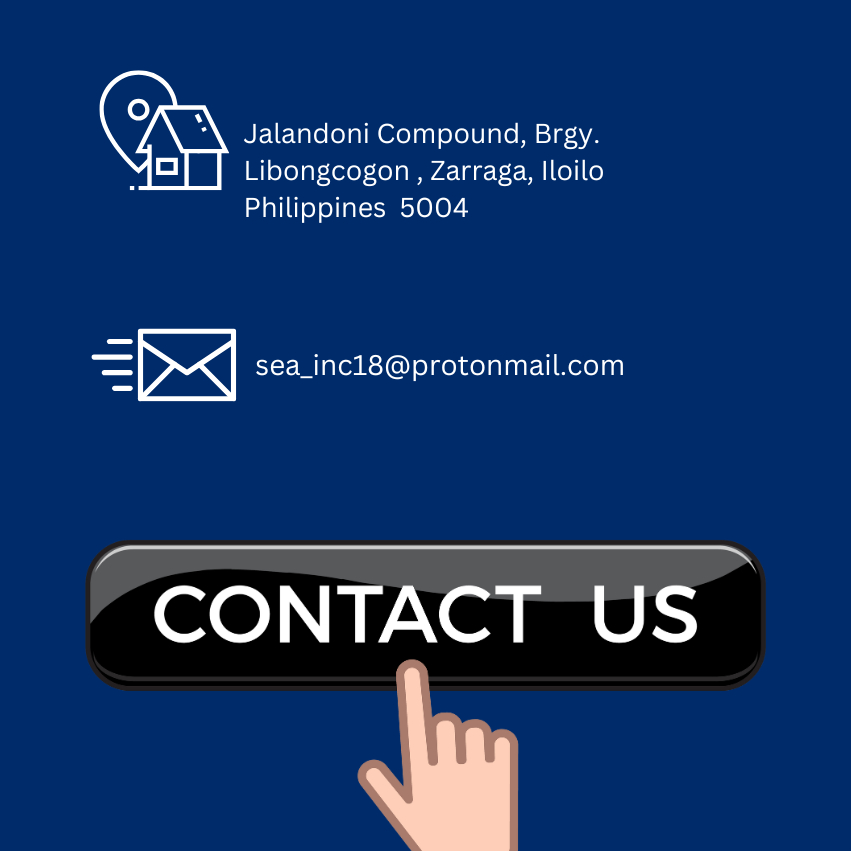On August 23, 2024, Barangay Badiang transformed into a vibrant hub of civic engagement and community action as it hosted the much-anticipated Community Scorecard workshop. The event, beginning with a reverent prayer, set the tone for a day of learning, collaboration, and a dash of insightful humor, led by none other than SB Jocelyn Espia.
SB Jocelyn welcomed the assembly with heartfelt gratitude, appreciating the presence of the SEA Inc., LifeBank Foundation, barangay officials, and civil society members. Her opening address was not just a formality but a call to arms for participatory governance. “This workshop isn’t just about learning; it’s about doing,” she proclaimed, encouraging everyone to internalize the valuable lessons from the scorecard training. She reminisced about her own experience with the scorecard training, praising its effectiveness in helping participants evaluate and improve community services.
A Recipe for Effective Governance
The Community Scorecard workshop’s primary objective was to enhance citizen and government engagement, ensuring a more accountable, responsive, and participatory delivery of basic programs and services. It aimed to demonstrate the Community Scorecard (CSC) as a tool for assessing government services and fostering dialogue between citizens and officials. The endgame? To develop actionable steps for applying CSC in planning, monitoring, and communicating effective governance.

Ms. Emy Perez, a Training Adviser from PTF Asia, kicked off the first activity with a comprehensive breakdown of the CSC process. She outlined six crucial steps: Community Assessment, Prioritization of Issues, Input Tracking, Scoring, Interface Meeting, and Monitoring of Results and Communication. “Think of it as a roadmap,” Ms. Emy said with a smile. “You need to know where you are, where you want to go, and how you’re going to get there.”
Tools of the Trade: From Photovoice to GIS
Jansseen Balancio, the Community Development Officer from PTFA, took the stage next, introducing three essential tools for Community Needs Assessment: Photovoice, Community Mapping, and GIS Mapping.
Photovoice, as Jansseen explained, is a powerful method for giving voice to the marginalized. It allows community members to capture and reflect on their realities through photography, promoting awareness and initiating change. “Photovoice isn’t just about pictures; it’s about stories,” Jansseen said, emphasizing its role in elevating community concerns to policymakers.
Community Mapping and GIS Mapping were also highlighted. While Community Mapping offers a detailed, descriptive view of a barangay’s assets and needs, GIS Mapping provides a technical layer, pinpointing exact locations with geographic precision. Sir Daniel Gagalac, a Project Operations Officer from PTF Asia, demystified GIS, comparing it to a business expansion plan. “Imagine you’re opening a new store. GIS helps you decide the best location by analyzing data such as foot traffic, elevation, and land use,” he explained.
Group Dynamics and Insights
Participants were divided into three groups to identify strengths, weaknesses, and barriers in their respective areas through photography and discussion. Group 1, covering Sitio Cilyo, presented their findings on local strengths and areas needing improvement. Group 2, focusing on Sitio Tico, and Group 3, analyzing Sitio Hugo, also shared their insights.
The exercise revealed a lot about the community’s needs and the gaps in service delivery. For instance, Group 3 identified a fish pond as a strength but noted that flooding during rainy seasons posed a significant challenge. Ms. Jansseen praised the participants for their keen observations, underscoring that these insights were crucial for effective planning.

Bridging the Gap: From Insight to Action
Ms. Emy Perez and Ms. Jansseen both stressed the importance of continuous dialogue between service providers and the community. Ms. Emy likened the process to a tune-up: “If it ain’t broke, don’t fix it, but if it can be better, let’s make it better.” The goal is to ensure that service providers not only meet but exceed community expectations, fostering a culture of excellence and responsiveness.
Looking Forward: A Unified Vision
The impressions from the workshop reflected a renewed sense of purpose among barangay officials. Kagawad Victoria Jucaban, Kagawad Jennie Bordon, and Kagawad Suzanne Panistante all expressed their gratitude and enthusiasm. They recognized the potential of the Community Scorecard in shaping more effective and inclusive governance. “It’s all about communication and cooperation,” said Ma’am Gina Millan, echoing a sentiment of collective effort.
The Community Scorecard workshop in Barangay Badiang was more than just an educational event; it was a pivotal moment for fostering a participatory approach to governance. With tools like Photovoice, Community Mapping, and GIS at their disposal, barangay officials and community members are now better equipped to identify needs, prioritize issues, and drive meaningful change. As SB Jocelyn Espia aptly put it, “Together, we’re not just planning for a better future; we’re building it.”





Leave a Reply